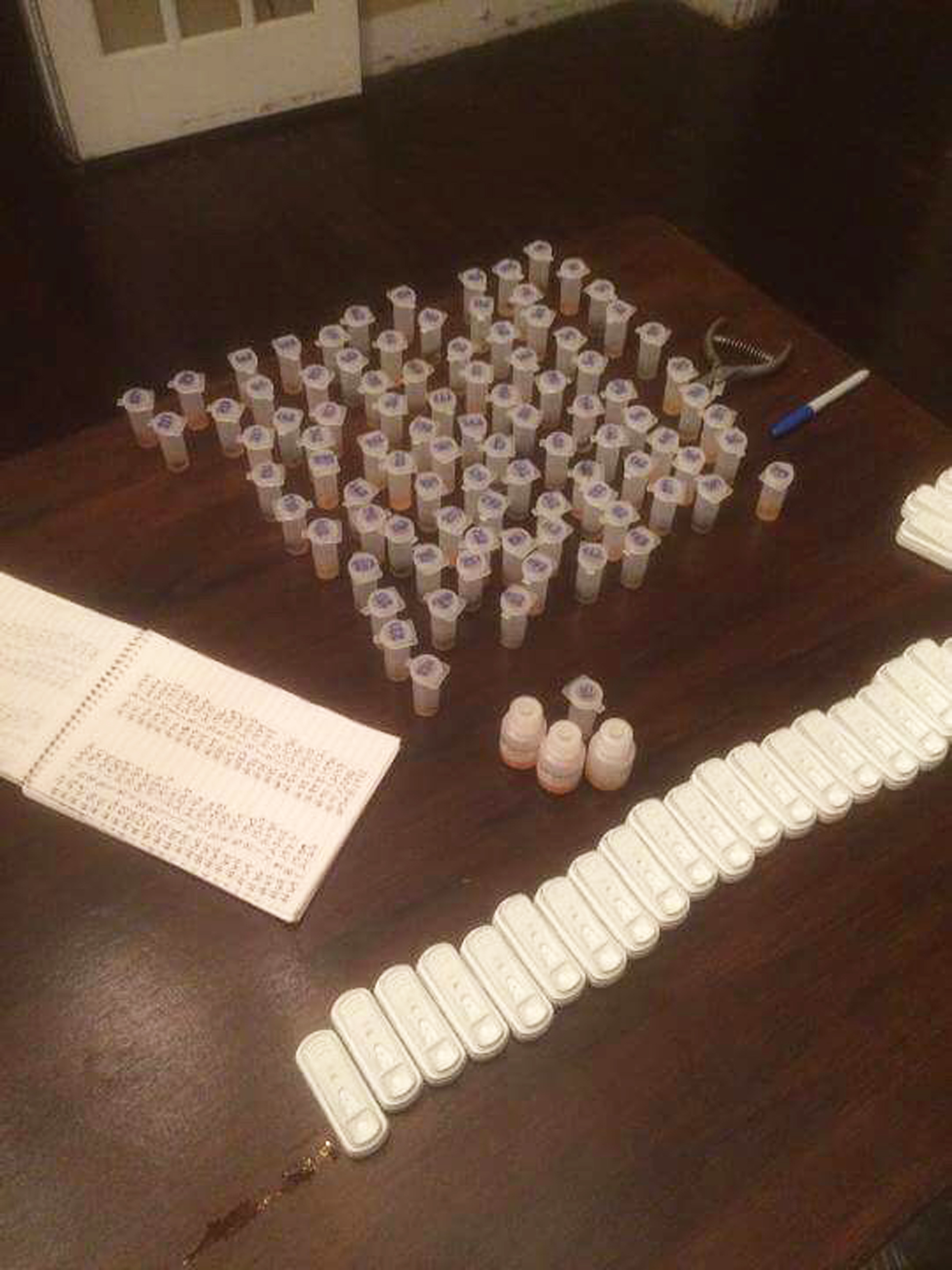Farm & Ranch
PI Testing Cattle – What is it?

By Jessica Crabtree and Dr. Jered Harlan, DVM
What does PI mean in PI testing? –
The term PI stands for Persistently Infected.
Why is it important to test PI cattle?
In a recent article by the Noble Foundation on www.noble.org titled, “Why Test for Cattle Persistently Infected with Bovine Viral Diarrhea Virus,” the article reveals within the U.S., PI positive cattle in a beef herd range four to 10 percent. Cattle PI positive are the primary reservoir for BVDV infection in cattle herds and, therefore, are the major focus of control in cattle programs.
What are PI positive cattle infected with?
PI testing is used to monitor the virus, BVDV — bovine viral diarrhea virus—known for commonly causing respiratory and reproductive issues in the herd, which in turn causes producers major economic loss. Specific problems equal poor reproductive performance ranging from reduced pregnancy rates, increased abortion rates and stillbirth, decreased weight gain, decreased milk and death. Also calf performance deteriorates with increased sickness and death loss. BVDV is known as one of several world-wide pest viruses to infect both domestic and wild ruminants.
How can you PI test your herd?
The Washington Animal Disease Diagnostic Laboratory (WADDL) at Washington State University is implementing a testing program called “BVD-PI Ear Notch Testing Program.” What this program is designed to do is aid the entire herd on identifying and removing BVD-PI animals. Experts shared that each herd should be examined on a case-by-case basis and producers should seek guidance from their vet.
How do you BVD-PI Ear Notch Test an animal?
Each animal within in a herd needs to have a “pig ear notcher” size piece of ear submitted. It is no larger than a dime and is virtually harmless to the bovine. The piece of ear taken with an ear notcher is then placed in a blood serum tube, the red top tube, with one ear notch per tube. After, each individual tube must be labeled with the animal’s individual identification number. Ear notch samples offer producers a great option.
To read more pick up a copy of the January 2017 NTFR issue.
Farm & Ranch
Acorn Toxicity

By Barry Whitworth, DVM, MPH
With the prolonged drought, most pastures in Oklahoma end up in poor condition. With the lack of available forage, animals may go in search of alternative foods.
If oak trees are in the pastures, acorns may be a favorite meal for some livestock in the fall. This may result in oak poisoning.
Oak leaves, twigs, buds, and acorns may be toxic to some animals when consumed.
To read more, pick up a copy of the November edition of North Texas Farm & Ranch magazine, available digitally and in print. To subscribe by mail, call 940-872-5922.

Farm & Ranch
Silver Bluestems

By: Tony Dean
There are a handful of grasses on North Texas grazing lands ranchers need to know, not because they are highly desirable, but rather because they are not of much value. I call them “decom” plants, which is am acronym for “Don’t Ever Count On Me.” Silver bluestem is a “decom” grass.
Silver bluestem is a perennial which grows in all areas of Texas. It can survive in almost all soil types, and in full sun conditions or in semi shade. It grows up to three feet tall and is easily recognized with the presence of the white fuzzy seed head. Also, one of the identifying characteristics of Silver bluestem is a bend in the stems at each node, causing the plants to take on a rounded shape as they mature.
To read more, pick up a copy of the November edition of North Texas Farm & Ranch magazine, available digitally and in print. To subscribe by mail, call 940-872-5922.

Farm & Ranch
Meanwhile Back At The Ranch

By: Rayford Pullen
Fall is here which means winter is closing in on us and before we officially get into winter, we need to make sure our factories are either producing or will be producing in a few months.
We have been pregnancy testing our cows this fall and if they are not bred or nursing a calf, we are bidding them adios. With annual costs somewhere between $900.00 and $1,000.00 per cow, those cows not producing a live weaned calf are costing us quite a bit.
To read more, pick up a copy of the November edition of North Texas Farm & Ranch magazine, available digitally and in print. To subscribe by mail, call 940-872-5922.
-

 Country Lifestyles2 years ago
Country Lifestyles2 years agoScott & Stacey Schumacher: A Growth Mindset
-

 Country Lifestyles8 years ago
Country Lifestyles8 years agoStyle Your Profile – What your style cowboy hat says about you and new trends in 2017
-

 HOME8 years ago
HOME8 years agoGrazing North Texas – Wilman Lovegrass
-

 Equine1 year ago
Equine1 year agoThe Will to Win
-

 Country Lifestyles5 years ago
Country Lifestyles5 years agoAmber Crawford, Breakaway Roper
-

 Outdoor9 years ago
Outdoor9 years agoButtercup or Primrose?
-

 Country Lifestyles8 years ago
Country Lifestyles8 years agoJune 2016 Profile – The man behind the mic: Bob Tallman
-

 Country Lifestyles8 years ago
Country Lifestyles8 years agoDecember 2016 Profile, Rusty Riddle – The Riddle Way




